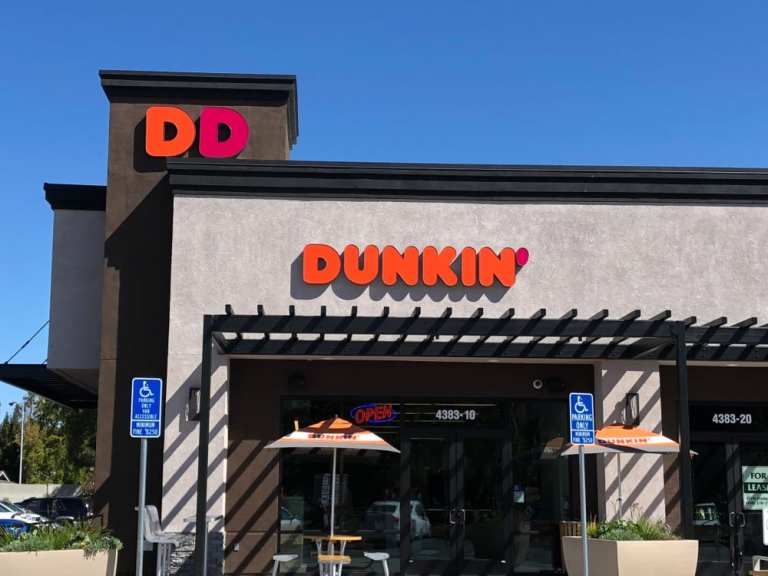
As autumn kicks in, retail trends are playing out that will have an impact on not only the 2019 holiday shopping season, but also commerce innovation in 2020.
Voice promises to play an even bigger role in commerce in the coming months and over the next year, for instance.
According to the 2019 edition of the PYMNTS How We Will Pay Study, nearly a full third of consumers (31 percent) reported owning at least one voice-activated device, up from 26 percent the previous year and 14 percent in 2017. And out of those consumers, about a third (31 percent) reported they have used their voice-activated devices to make a purchase. All in, that means in 2019-– about five years after Alexa and the Amazon Echo made their first appearances on commercial markets – roughly 10 percent of consumers have used voice-activated devices to shop.
And voice can do more than just make it easier to buy items. Increasingly, according to both the How We Will Pay data and recent news items, voice is a critical player in commerce-adjacent activities that ultimately boost the net number of successful conversions.
According to the data, of the 31 percent of voice-enabled device owners who use voice to make a purchase, 45 percent do so across multiple voice-enabled environments.
Smarter Donuts
Artificial intelligence (AI), too, promises to get better, and is expected to play a bigger role in retail. As fresh PYMNTS research confirms, quick-service restaurants (QSRs) are employing increasingly sophisticated automated tools like AI and machine learning (ML) to keep pace with the growth of delivery and mobile order-ahead. These technologies are leveraged in customer-facing applications like voice-activated ordering systems as well as back-of-house functions to provide staff with more efficient order processing and inventory fulfillment.
More specifically, Dunkin’ is one of the largest QSR chains in the world, with 11,300 locations in 36 countries. One of the tools fueling its omnipresence is DD Perks, its mobile loyalty program that rewards customers with free donuts or coffee. Behind the scenes of this service is a sophisticated AI network that leverages data analytics to send customers targeted offers at specific times.
AI and ML are rapidly making inroads in a variety of sectors, automating or supplementing many jobs that were once done by hand. QSRs are no exception, with AI-powered voice ordering, inventory management and self-service kiosks becoming more commonplace. This month’s Deep Dive explores how AI and ML applications are affecting QSRs and how they work in tandem with human employees.
Amazon’s Warehouse Move
Delivery also stands as a hot area of innovation.
Amazon reportedly is leasing some 500,000 square feet of space in a three-story warehouse in Amazon’s hometown of Seattle, according to The Wall Street Journal. It is also said that the home improvement chain Home Depot will lease space in the same building.
That might not sound like such a big deal, but it really is – at least when it comes to Amazon and retail fulfillment in the U.S. “While common in densely populated Asian and European cities, modern warehouses with multiple floors have been absent until recently in the U.S., where higher land and construction costs deterred developers,” the report states. “The warehouse is the first of its kind to open in the U.S. with multiple floors that large delivery trucks can access by ramps, property analysts say.”
In turn, such warehouses can promote the further use of quick (same-day) deliveries. One way? Delivery trucks can use ramps to reach those higher floors, according to the newspaper, and freight elevators reportedly can carry forklifts.
Look for these trends to intensify in 2020.